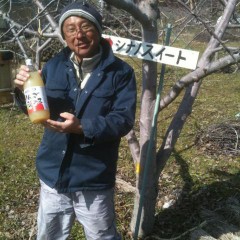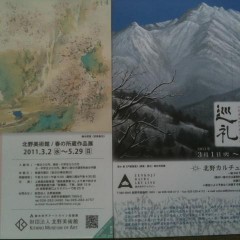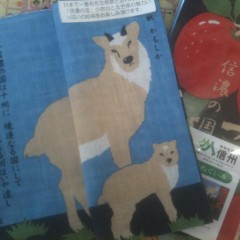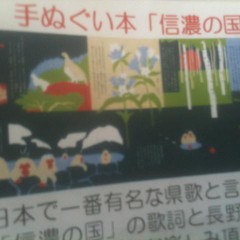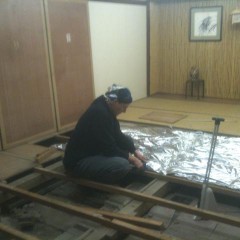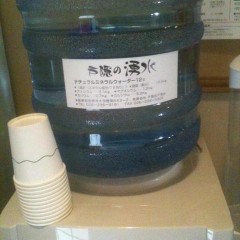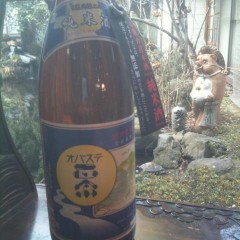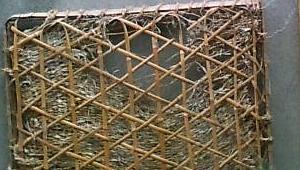
An old bamboo silk worm tray
以前に書いた様に亀清旅館の客室「松風」を少し改造して、「紬」と言うテーマに切り替えています。蚕棚を庭にも、コーヒーテーブルにも使ったり、糸巻機械を床の間で飾ったり、私が作った上田紬のミニタペストリーを壁に掛けたり、庭に桑の木を植えたりしました。
この間にそのお部屋に泊まったお客様が紬関係の物を見て、「懐かしい!」と喜んでくれました。「実は、鑑別師だった」と言いました。
そのころ、蚕のオスとメスを別々にする鑑別師が貴重な職人だったそうです。彼女は汽車に乗ってほぼ全国を回ったと言う。
戸倉上山田温泉の周辺に絹生産のルーツがあちらこちらにある。上山田のりんご畑は昔桑だったとか、力石や稲荷山にお蚕が育たれた独特の形の民家があったり、今まで上田で紬工房がある、等々。どこに行っても絹の面影がある訳。
しかし、現在は絹生産が全く消えたようです。あるHPによると、日本の絹生産は1969年にピークし、最後の国内絹工場が2003年4月に閉め、絹の市場が2004年3月に終わったそうです。
歴資料館に行けば絹生産の道具とか見れる。今は鑑別師だったお客さんのように直接触れた方とお話しする事はできる。でもその人達が段々少なくなってきている。次の世代は恐らくその機会がないだろう。歴史資料館になってしまう。この絹の歴史がまだ生きている間、色々と聞いておきたい!
As you may have seen in this blog, I have done a small remodel on Kamesei's guestroom 'Matsukaze', into a silk-based theme. The remodel includes using some silk worm bamboo trays in the garden and to make the coffee table, silk yarn spools displayed in the tokonoma alcove, a silk tapestry (woven by me!) on the wall, and a mulberry plant in the garden.
A recent guest who stayed in that room saw all the silk-related items and was overjoyed. When she was younger, she used to be a 'kanbetsu-shi' -- the person who separates the silkworms into male and female.
It was fascinating to listen to her stories. Apparently people with her skills were in high demand, and she rode the steam engine trains practically all over the country for her work.
Since moving to our onsen town, Togura Kamiyamada, I have become aware of just how deep the silk raising roots are in this area. All of the apple orchards here in Kamiyamada started out growing mulberry leaves. You can still see the old farm houses with their unique raised roofs especially in the Chikaraishi and Inariyama neighborhoods. And even today, there are workshops in nearby Ueda City making the renowned Ueda Tsumugi silk weaving.
But, what you can't see is actual silk worm raising any more. According to one website, silk production peaked in Japan in 1969. The last silk factory closed down in 2003, and silk trading ended in Japan in 2004.
So to see silk making tools, you have to go a history museum. To hear about what it was like, there are still people like the Kanbetsu-shi with whom you can talk. But they are not going to be around forever. The next generation will be stuck just having the museums. I hope to hear as much about Japan's silk culture as possible while it is still 'living history'.
